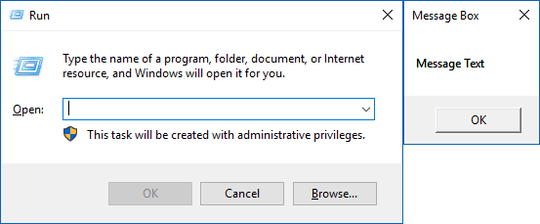@LMiller7 basically already explained it, but to expand on that a little:
GUI elements ("widgets") and styling ("look & feel") are not constant across platforms or across versions of the same platform. Most UI toolkits (libraries of GUI widgets and associated L&F) will have the most common widgets (buttons, checkboxes, etc.) but may lack some more obscure ones (often having an alternate widget that performs a similar purpose, like a toggle button vs. a checkbox) and of course the L&F will vary.
Windows has gone through a significant number of different UI toolkits, each with their own widgets and L&F. For example, the original ones used up through Win3.x are still found in some very old apps, and are optimized for low-resolution displays. Anyhow, while Windows' GUI libraries include multiple toolkits, and some apps will specify to use a specific toolkit rather than simply whatever the most recent toolkit is (an app that uses the most recent toolkit available will look different on Windows 2000 / Windows ME than it will on Win7; an app that uses specifically the Win9x toolkit will look outdated on modern OSes but will otherwise have the expected L&F). Then of course there's the Windows toolkits that don't even use the common graphics libraries, like the "Metro"/"Modern" L&F used in Windows Store apps.

1The appearance on the right dates back to Windows 2000 and prior, the appearance on the left being introduced with XP. But for compatibility reasons this was made opt in, applications had to choose it. The new appearance would have caused problems for some older applications that weren't prepared for it. Applications have the ultimate control over their appearance. – LMiller7 – 8 years ago
the left visual style must be enabled with a manifest file
– phuclv – 8 years agoBecause Windows is big and complex and getting each little piece updated while trying to avoid breaking too much backwards compatibility is a very big task. – music2myear – 8 years ago